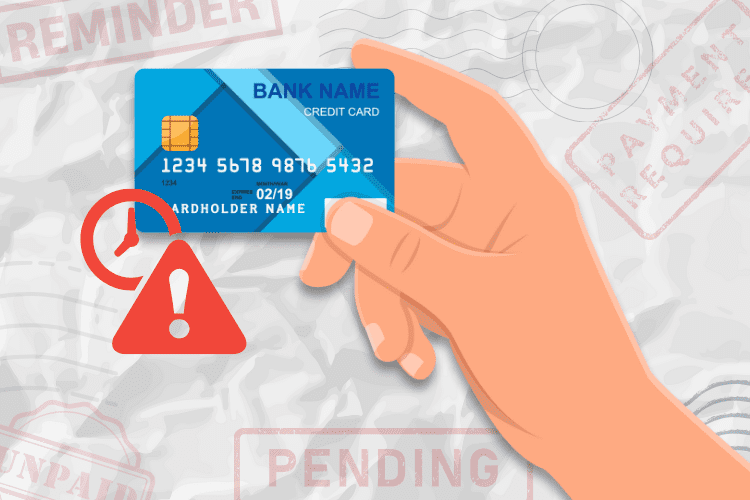The Minimalist Mindset: Avoiding the Lifestyle Creep

Many people who are prone to lifestyle inflation or “lifestyle creep” eventually realize they should have made better decisions with their money. While the concept of “lifestyle creep” persuades us to do more with every bit of extra money we make, the minimalist mindset usually causes us to think otherwise.
Having a minimalist mindset can save us from ourselves when we would otherwise throw all caution to the wind when it comes to how we spend our money. If you’re ready to grow a minimalist mindset, this post can help. Read on to learn how to create a minimalist lifestyle to avoid lifestyle creep.
What Is a Minimalist Mindset?
A minimalist mindset has a desire only to have things that are essential for your living without feeling guilty about things you do not have. In essence, a minimalist mindset keeps you grounded on what’s essential, sort of similar to the concept, “If it ain’t broke, don’t fix it.” The minimalist is willing and content living with less, so they follow the concept of “less is more.” Also, the minimalist doesn’t purchase extravagantly just because they can.
Misconceptions of a Minimalist Lifestyle
When many people hear the word minimalist, they immediately see their lives as one of being in need or not having enough. Some even envision a religious cult or think it’s too extreme. So, here are common misconceptions about minimalism that may help you see it positively.
- “Everything must go.” Minimalists don’t just throw everything out. That’s impractical and not good for the environment. Everything doesn’t have to go just because you’re a minimalist, but anything that you no longer need in your life should go.
- “No need to buy anything.” I can’t imagine anyone who never needs to buy anything new. Having a minimalist mindset keeps you from buying things you don’t need.
- “You should only own a certain number of things.” Minimalism is not a number. It’s not about owning 50 items or less. It’s also not about owning the least amount. Minimalism is about feeling content with what you have, being happy with it, and still being able to flourish.
- “Minimalists are deprived.” Contrary to this misconception, minimalism is about eliminating what you no longer need in your life to make space for more of what you need and want.
The Benefits of a Minimalist Lifestyle
More time for what matters: With less focus on things that are irrelevant, a minimalist lifestyle gives you your time back. You now have more time to focus on what really matters to you. That could mean more time for family and friends or doing what you’re passionate about.
More focus: Having things you don’t need only creates clutter, making it hard to focus. With less clutter in your life, you’re able to focus and prioritize what’s important to you. This also helps you to become more productive in life.
Saves you money. Buying less and spending wisely only keeps money in your pocket and allows you to invest better what you don’t spend. Since every dollar should have a purpose, consider where you would like to put those extra savings. Maybe you’d like to put more money towards your debt or savings.
6 Tips To Create a Minimalist Lifestyle
1. Adjust How You Think
Taking on the minimalist mindset means understanding that behavior patterns will have to change. Once you’ve decided that a minimalist lifestyle is what you would like to create for yourself and your family, your thinking needs to shift. That means buying on a whim or frivolous spending is out, and being more mindful and purposeful of how you spend your money is the new thing. Developing a minimalist mindset won’t happen all at once; it will come with time. So give yourself some grace and set weekly goals for yourself. Consider every challenge you set and keep for yourself, regardless of how small the win.
2. Shop Quality, Not Quantity
Being a minimalist doesn’t excuse you from shopping; it just causes you to shop wiser. You have a keener eye when it comes to things you need in your life. Instead of trying to buy three pairs of shoes with one paycheck, buy one quality pair of shoes that will last you a good while. While better quality may cost a little more, you’ll save money in the long run.
3. Declutter
While this should be simple, knowing what to let go of is not always easy. Some things we keep for sentimental reasons, or because they’ve been in the family forever, or we just don’t want to depart with them. Understanding how this can be a challenging task, here are some questions to ask yourself when it comes to eliminating things you no longer need in your life.
Is it serving a purpose?
Do you use it? In the case of clothing, I always ask myself if I’ve worn it lately. If it’s something I haven’t worn in at least two years, it’s not likely that I will anytime soon, and it needs to go.
Does it bring joy to your life?
These questions can be asked for any item in your home — from the kitchen to the bedroom — and everywhere in between. Answering no to any of these questions means it’s time to let it go.
4. Repurpose
As you start to declutter and eliminate things you don’t need, consider things you could repurpose and use in other ways. Some things can serve more than one purpose. Some things can even be used in multiple ways.
5. Give Every Item a Space
As you’re going through your inventory, ensuring that every item has a place will be important. It’s okay to utilize storage bins and organizers to make sure everything has a liveable space. Make sure as you use these items; they’re put back in their proper space.
6. Downsize
Consider your living space. With more square footage comes more cause for higher monthly utility bills. Also, having more space means more means to buy more furniture to fill it. Is the space you’re living in sufficient for what you need to live? As our family grows, we learn that we need more space, and that is totally okay and sensible to do. But, if we’re a party of one, do we really need 3,000 or more square feet of space? Maybe not, especially if you’re struggling to pay the rent or mortgage on time. A smaller living space could curve your spending and make your monthly bills more affordable.
7. Repeat Frequently
It’s easy to forget your intentions to live a minimalist lifestyle or rebuild your clutter. So, take the time to assess your lifestyle two to three times a year to ensure you’re cultivating a minimalist mindset. If any of the above tips need to be revisited, do so and make reasonable adjustments.
The Bottom Line
Developing the minimalist mindset takes time, but it is worth it to avoid lifestyle creep. You may not need to do all seven tips. Start with one or two that you know will significantly impact your life, then work your way to others if needed.
Read More:










